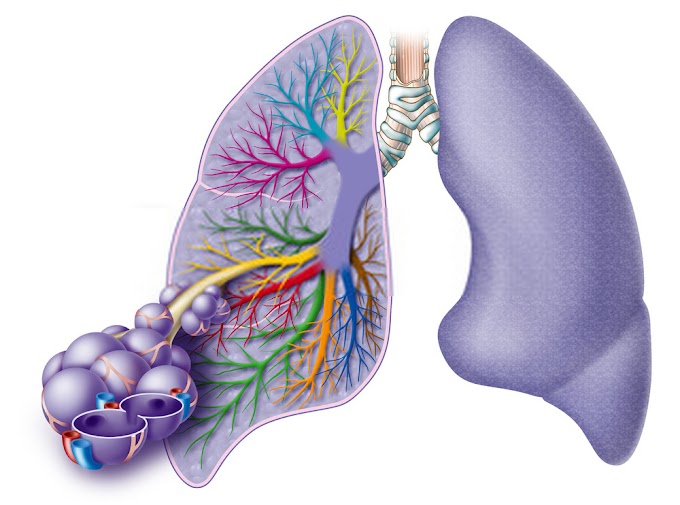Medical coding contributes a great deal to the modern healthcare system. It helps to ensure an accurate bill, insurance claim support, and an aid to patient care. However, it does not stop there. Behind every code is sensitive patient information, and this has to be held with utmost care.
Privacy and security matter to patients. Medical records contain highly private information. The safety of information depends on how well it is coded, stored, and shared. Therefore, let us look into the impact of medical coding on patient privacy and data security, and why all of these matters to us.
Medical Coding: A Bridge for Data
Medical coding is a form of dissection that translates a complex medical treatment, or procedure standardized alphanumeric codes. These codes are essential for communication between healthcare providers, insurers, and regulatory bodies. Without them, the healthcare system would struggle to function efficiently.
However, these codes do not just form harmless strings of letters and numbers. They are a treasure of information about the patients. Each code tells a story from symptoms to treatment plan i.e., any undesired handling will expose them to unauthorized access.
The Role of Coding in Data Protection
Undoubtedly, medical codes transform a personal health detail into a standardized data format. The conversion adds another level of privacy to patient information. Coded data diminishes exposure to raw patient details. Healthcare staff uses specified codes recording of patient care. The coding process that creates a natural barrier keeps information from reaching unauthorized sources.
Security Features in Modern Coding Systems
Most platforms on medical coding on patient privacy and data security come with inbuilt security measures. The systems utilize strong encryption when the data is stored. They place access control to prevent viewing coded information by unauthorized individuals. Such software with periodic updates continues to address the loopholes in the case with security problems. This keeps the environment safe for the patient’s data.
Staff Training for Privacy Protection
Strict privacy protection rules are learned by medical coders as part of their training. Daily practices include security checks for potential breaches. Proper handling of sensitive information is also taught to teams. Regular updates keep staff skilled in new security measures. This ongoing education becomes an addition to general data protection.
Monitoring and Quality Control
The coding systems track every interaction with the medical record of the patient. Tracking digitally causes the ones that are not as frequent to be identified. Routine inspections can quickly alert suspected breaches of privacy. Rapid detection allows fast action in response to security-related matters. All this monitoring protects patient confidentiality.
How Technology Shapes Security
Encryption
The process of encryption works by transforming patient data into formats that are unreadable. Even if hackers gain access to the data, it will become useless without the decryption key. Modern coding systems rely on this technology to secure patient records during storage and transmission.
Access Controls
Access is authorized according to the roles: sensitive information is accessible solely to certain designated employees. For example, a billing clerk might only see codes regarding payments while a physician sees complete medical histories. These layered controls are therefore less vulnerable to unauthorized access.
Cloud Security
Now, medical coding on patient privacy and data security gets deep-rooted in cloud systems. They offer flexibility and scalability, yet these come with risks. Good cloud providers utilize the best forms of protections to secure any stored data. Different measures such as multi- factors authentication and automatic backups are used to safeguard platforms.
Today there is more about coding and the privacy of patients in the healthcare sector. Proper coding gives protection to sensitive information from getting exposed. Every day, healthcare teams have to maintain high standards of safety for ensuring confidentiality and security in their services. This gives time for the medical professionals to devote themselves completely to patient care. Proper coding protection is a catalyst for both the service providers and the patients.
Also Read: Sexual Problem Faced By Men in Lockdown





0 Comments